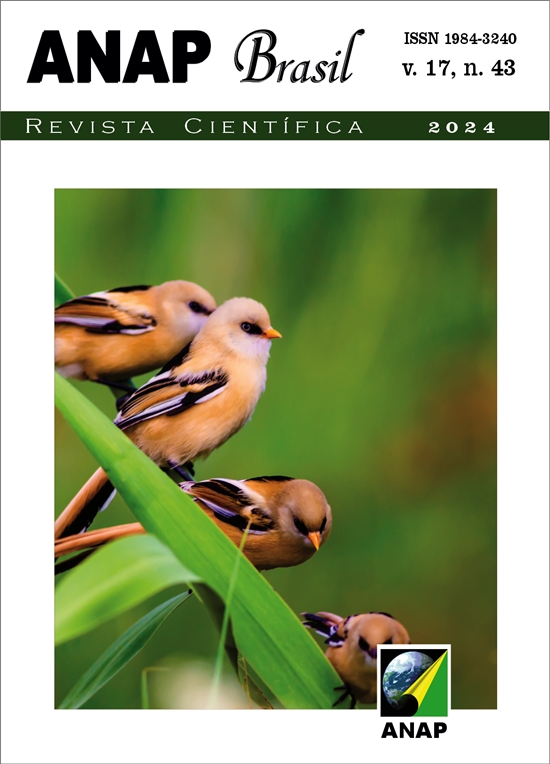Use of bovine, equine, and goat biocatalysts in the composting of organic waste from a School Food and Nutrition Unit
DOI:
https://doi.org/10.17271/19843240174320245478Keywords:
Carbon/Nitrogen, Animal waste, Organic MatterAbstract
The aim of the research was to evaluate the use of bovine, equine and caprine biocatalysts in the composting process to treat organic waste from a school in São Luís/MA, in order to assess the performance of the composting process and the quality of the organic compost generated. To this end, 03 composting beds were set up (adapted from the "Windrow" bed system), where the volume was calculated according to the carbon/nitrogen ratio. Each bed contained bovine, equine and caprine biocatalyst, waste generated in the school restaurant and tree and grass prunings. The food waste was quantified and classified. The lack of environmentally appropriate management of organic waste in school food and nutrition units results in the emission of unpleasant odors, favors the proliferation of disease vectors and contributes to the emission of methane, which intensifies global warming. Composting is one of the alternatives for treating organic waste, as it can reduce its volume by more than 60%, producing a stable material to be used as a soil conditioner. As a result, it was found that composting with school waste and using bovine, equine and caprine biocatalysts performed well, as the parameters of Organic Matter; pH; Phosphorus; Potassium, Calcium; Magnesium; Sodium; Aluminum; CTC and Base Saturation (V%) were in accordance with the values allowed in the literature. Therefore, the use of bovine, equine and caprine biocatalysts benefits the process of recycling animal manure and organic waste, generating quality compost.
Downloads
Downloads
Published
Issue
Section
License
Copyright (c) 2024 Revista Científica ANAP Brasil

This work is licensed under a Creative Commons Attribution 4.0 International License.












